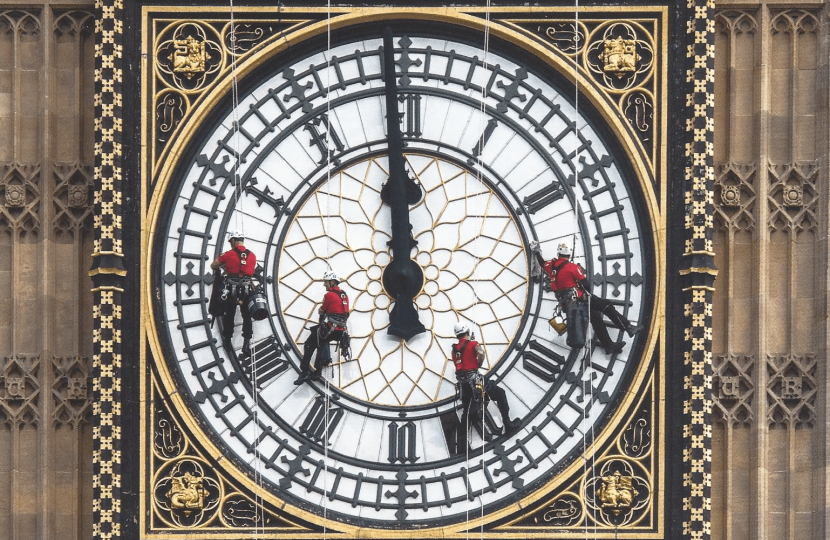
The separation of powers is a model of governance for a state. Under this model, first implemented by the Greeks, the
state is divided into branches, each with separate and independent powers and areas of responsibility. The standard
division of branches is the Executive, Legislature and Judiciary.
Executive
The executive is the Government, who has the full authority and responsibility of running the daily administration of the
state. The executive in the UK is the Cabinet run by the Prime Minister and consisting of ministers from the Commons
and Lords.
Legislature
The legislature is an assembly that has the power to pass, amend or repeal laws. In the UK the legislature is the two houses of Parliament, the Commons and the Lords.
Judiciary
The Judiciary is the system of courts that interprets and applies the law in the name of the state. In the UK, as of 2009, the judiciary is the Supreme Court, formerly the House of Lords. The Supreme Court is now located in the old Middlesex Courts opposite Parliament in Parliament Square.
Over the years, the UK powers have not so much been a separation but a fusion. There have always been certain individuals who have been able to sit in more than one power. For example, before the introduction of the Supreme Court in 2009, when the judiciary was the House of Lords, the Lord Chancellor used to sit in the Executive, Legislature and the Judiciary. Any Cabinet member, such as the Prime Minister, also sits in the Executive and the Legislature.
The US system is based entirely on the opposite of the UK's. After they won their independence in 1776, the Founding Fathers decided that they never wanted one single person to have as much power as the monarchy in England had. Therefore, they made the three powers totally separate so no one could stand in more than one. Thus, contrary to people's beliefs, the President of the US, the Executive, was made, intentionally, constitutionally weak with the main bulk of power residing with the legislature- which is congress.
